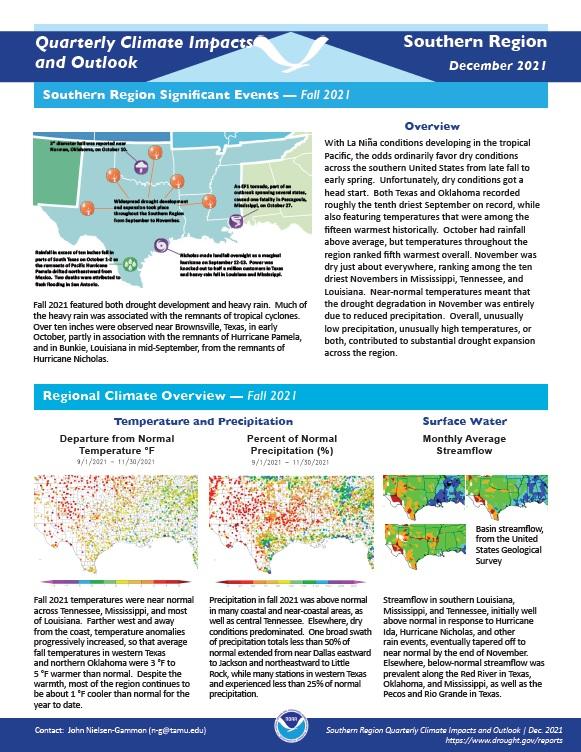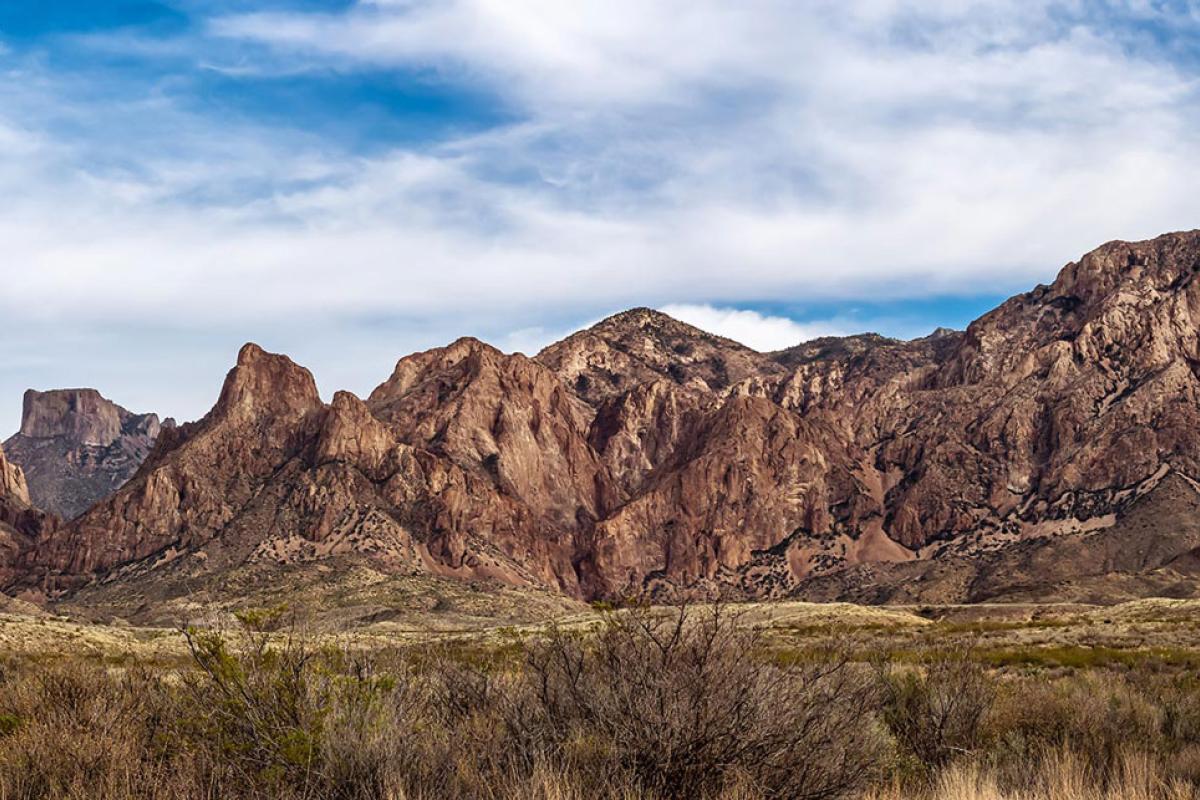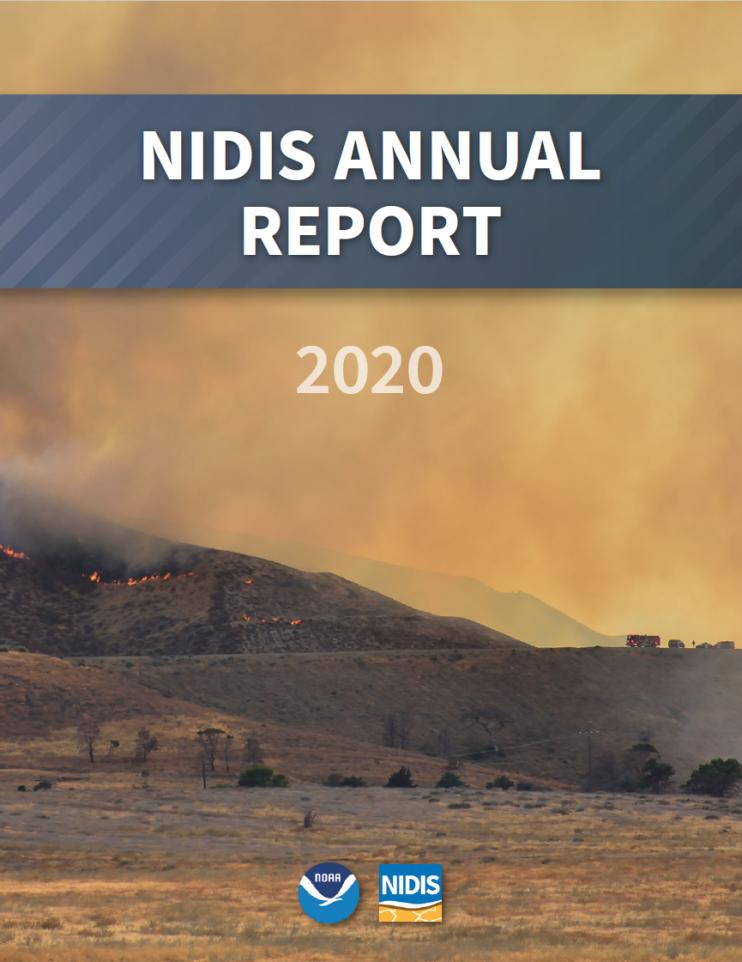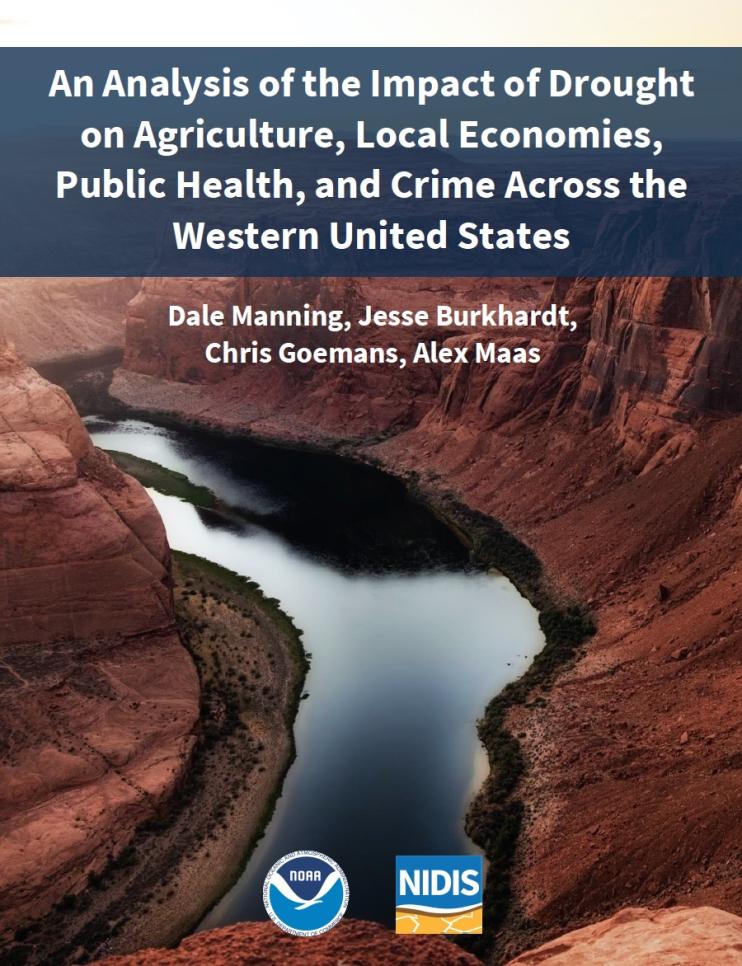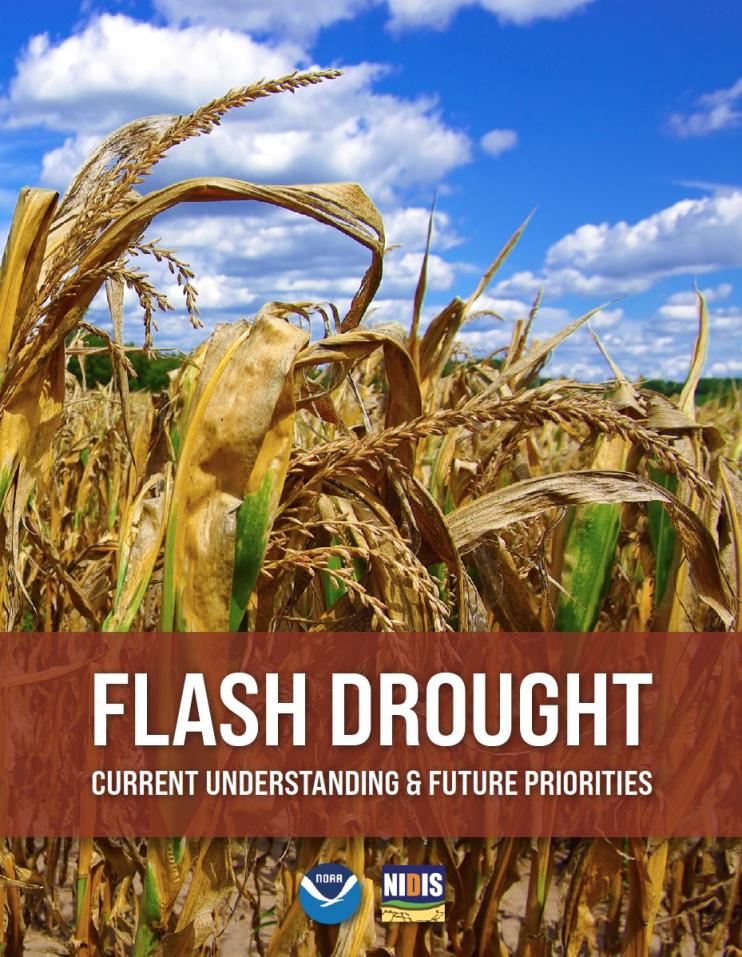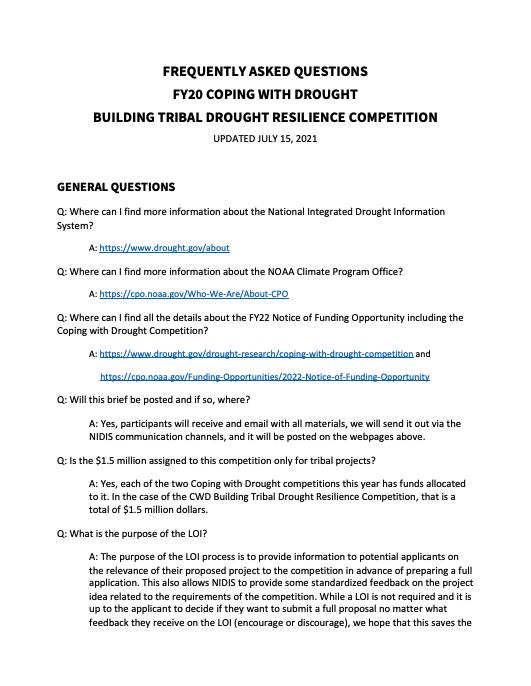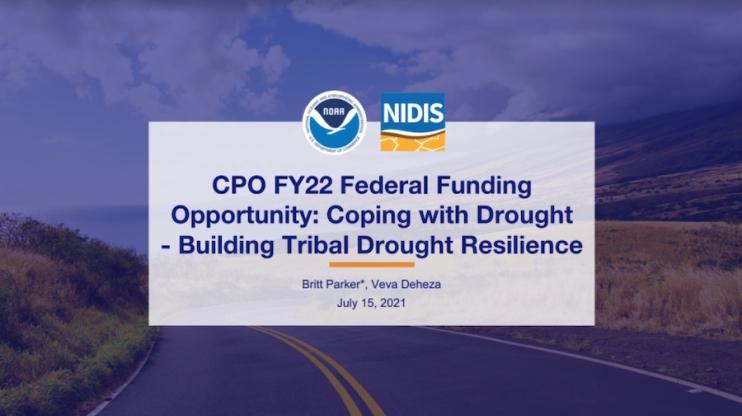Quarterly Climate Impacts and Outlook for the Southern Region for September - November 2021. Dated December 2021.
Fall temperatures were near normal across Tennessee, Mississippi, and most of Louisiana. Farther west and away from the coast, temperature anomalies progressively increased. Precipitation was above normal in many coastal and near-coastal areas, as well as central Tennessee. Elsewhere, dry conditions predominated.
The National Integrated Drought Information System (NIDIS) is pleased to share our 2020 Annual Report to provide insight into the many accomplishments of the program over the previous year and the opportunities that lie ahead. The year 2020 was exceptionally difficult for people worldwide, as the COVID-19 pandemic ravaged the globe and altered almost every facet of daily life. Not only was 2020 a significant drought year for the United States, it also brought record-breaking heat and devastating wildfires.
Quarterly Climate Impacts and Outlook for the Southern Region for June - August 2021. Dated September 2021.
At most stations outside of Texas, summertime average temperatures were within 1 °F of normal. Most of Texas was 0-2 °F cooler than normal. Summer 2021 was exceptionally wet across most of South Texas, parts of West Texas, and almost all of Mississippi, with many stations reporting more than double the normal monthly precipitation amounts.
Severe, extreme, or exceptional drought conditions have become increasingly common throughout the western United States over the past 20 years. Abnormally dry conditions can lead to a wide range of negative economic impacts across a wide range of sectors that either directly or indirectly depend on weather-dependent ecosystem services.
Droughts are often thought of as slow-moving natural hazards. However, some serious droughts occur with such rapid onset that it seems as if they appear in a “flash,” rendering them and their consequences hard to predict and prepare for. These flash droughts can have substantial agricultural and economic consequences, including billions of dollars in losses.
For Fiscal Year (FY) 2022, the National Integrated Drought Information System (NIDIS) is hosting a research competition, Coping with Drought: Building Tribal Drought Resilience. Applications should be developed by or in full partnership with tribal nations to fund the implementation of actions—together with research on those actions—to build drought resilience contained in existing plans and strategies. Plans may include, but are not limited to drought contingency plans; drought, water, or natural resource plans; agricultural resource management plans; or climate adaptation plans.
For Fiscal Year (FY) 2022, the National Integrated Drought Information System (NIDIS) is hosting a research competition, Coping with Drought: Building Tribal Drought Resilience. Applications should be developed by or in full partnership with tribal nations to fund the implementation of actions—together with research on those actions—to build drought resilience contained in existing plans and strategies. Plans may include, but are not limited to drought contingency plans; drought, water, or natural resource plans; agricultural resource management plans; or climate adaptation plans.


